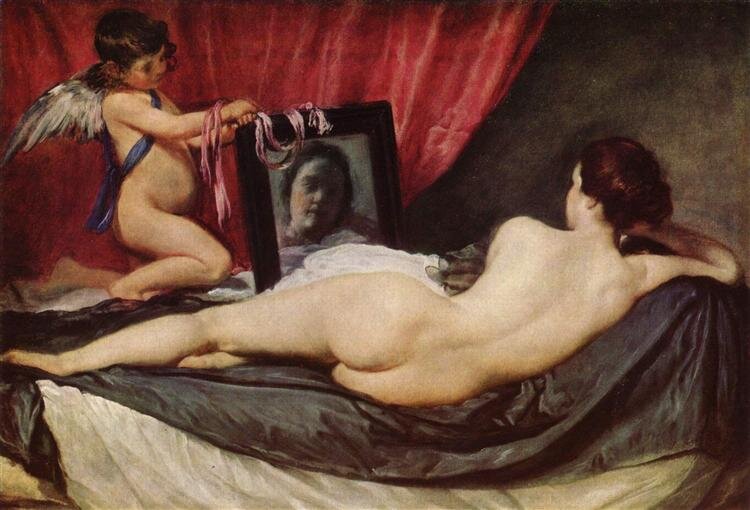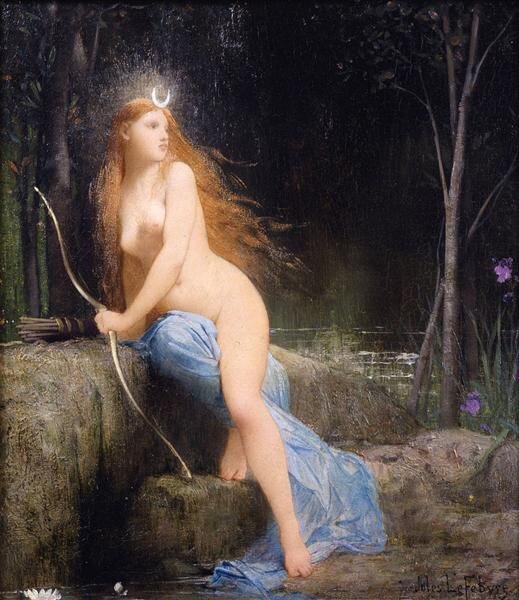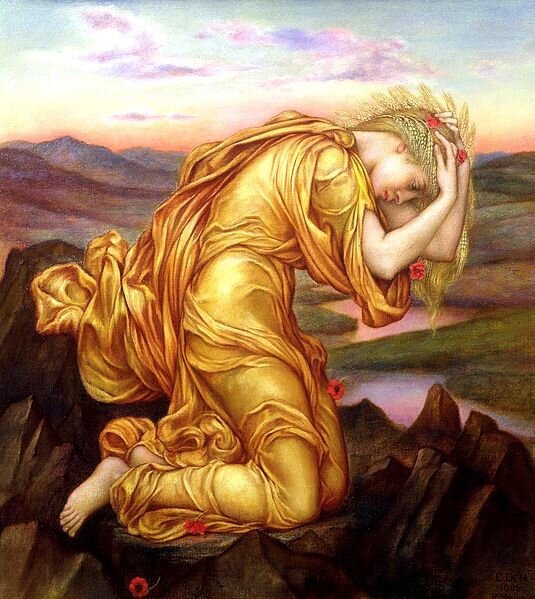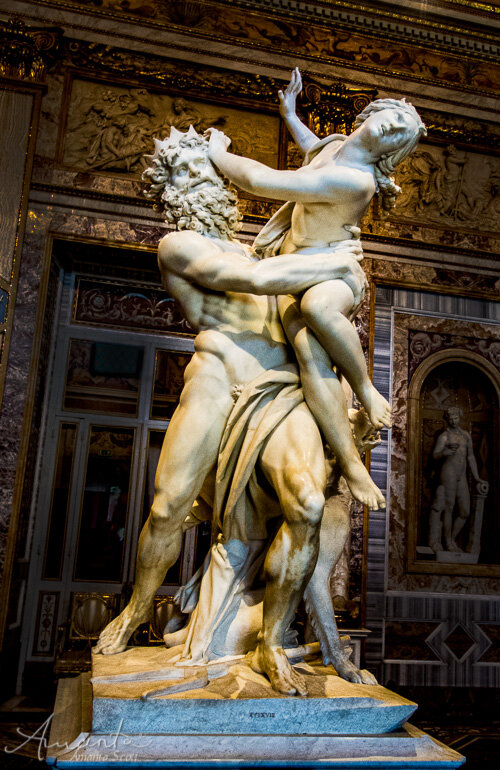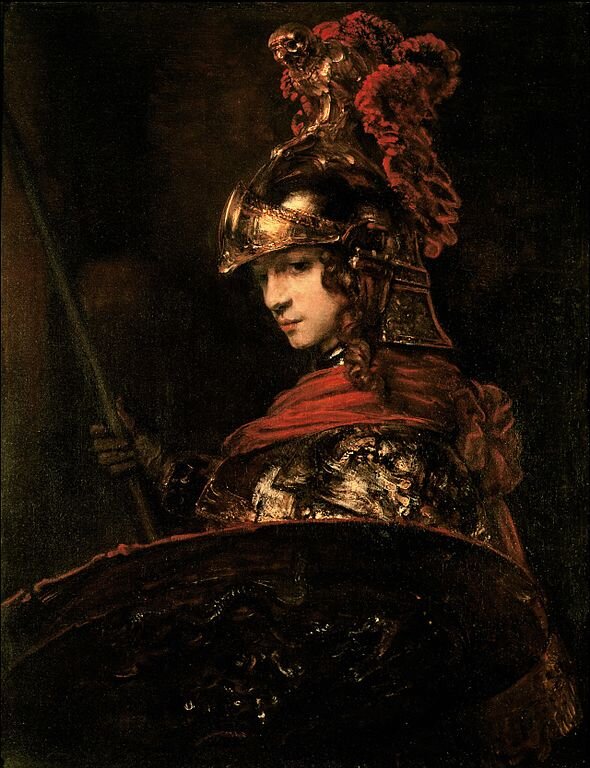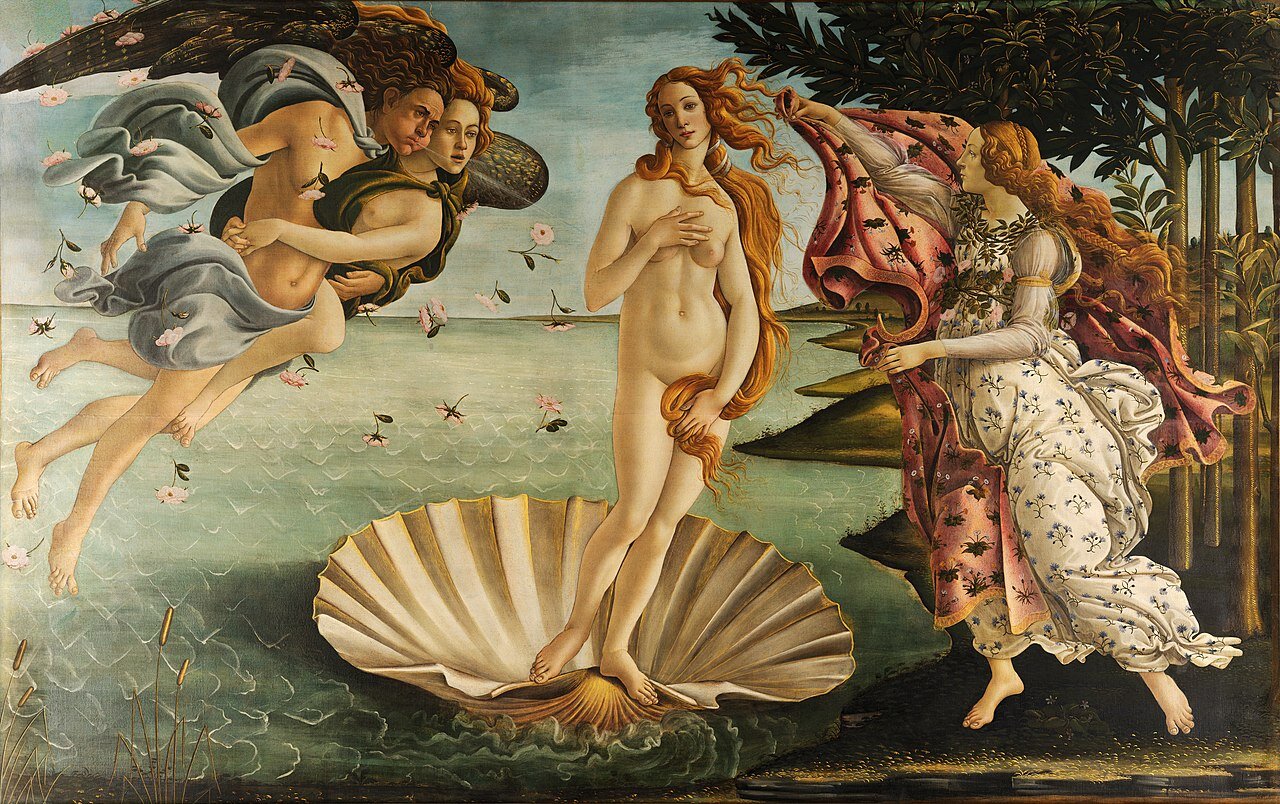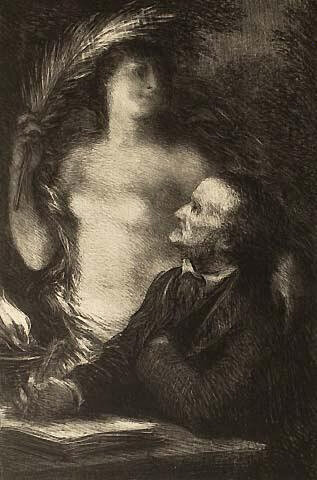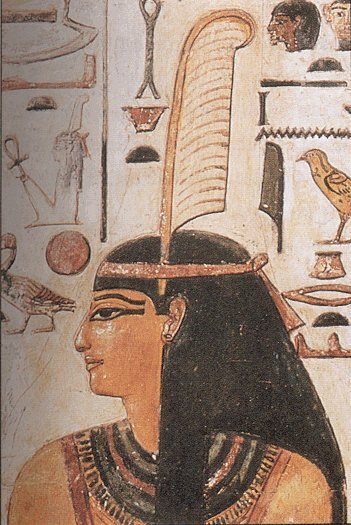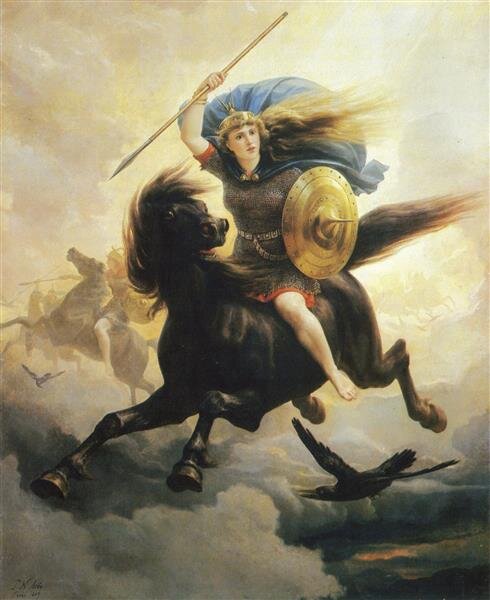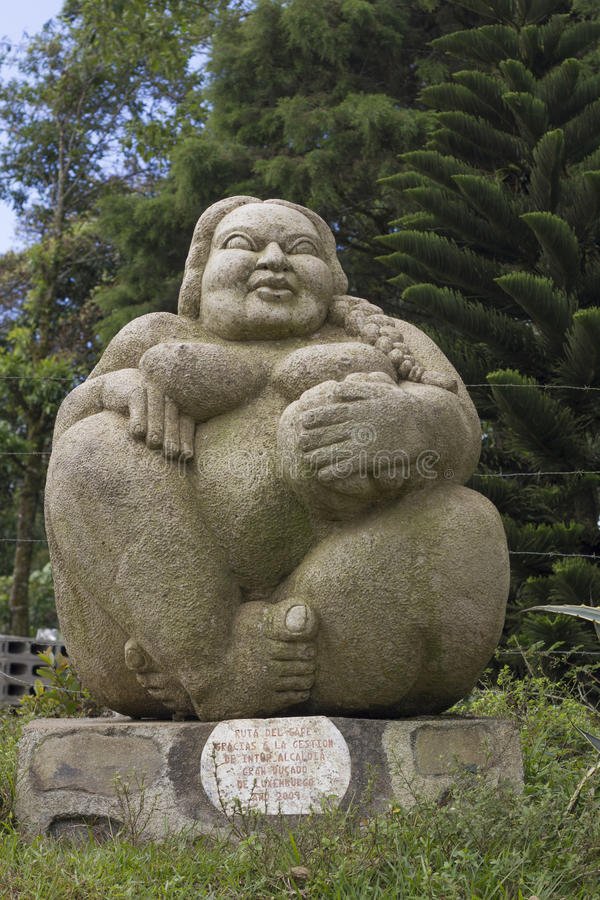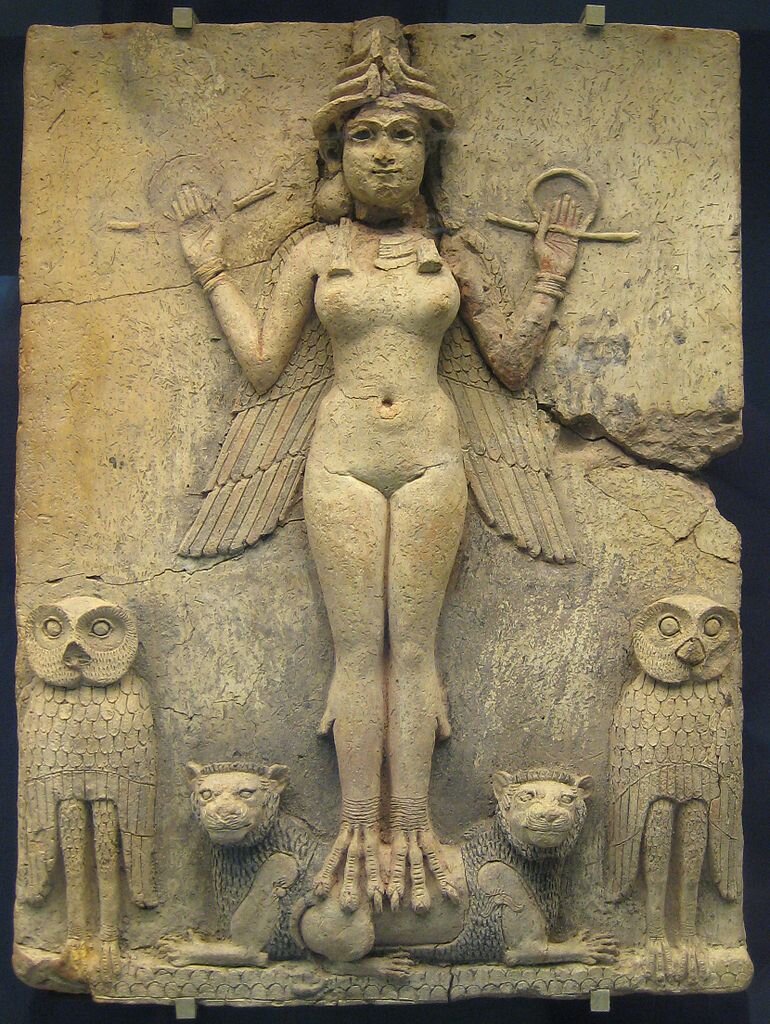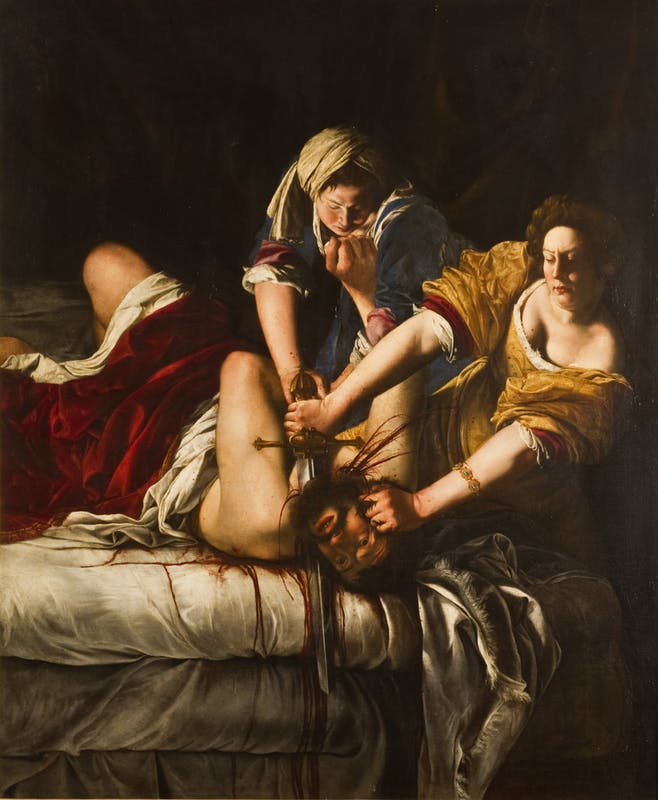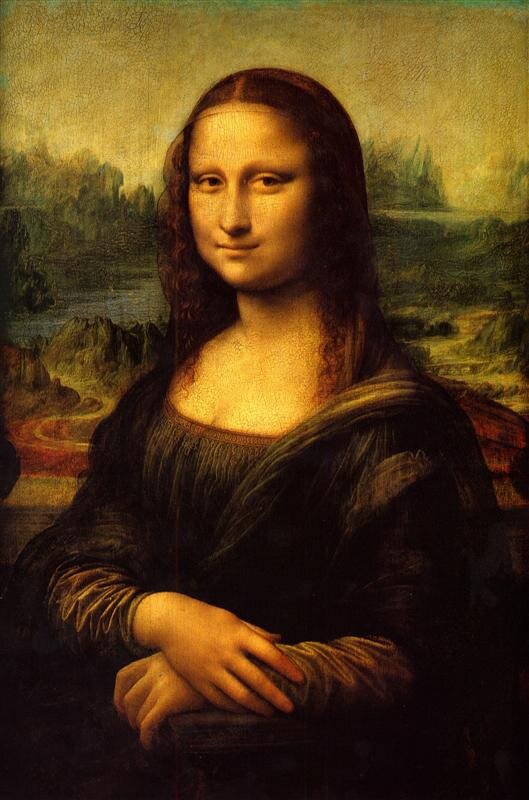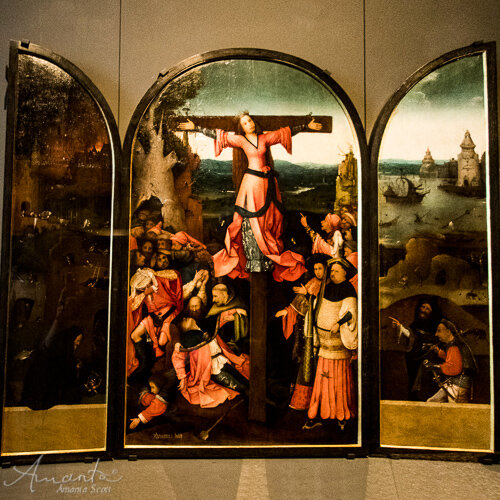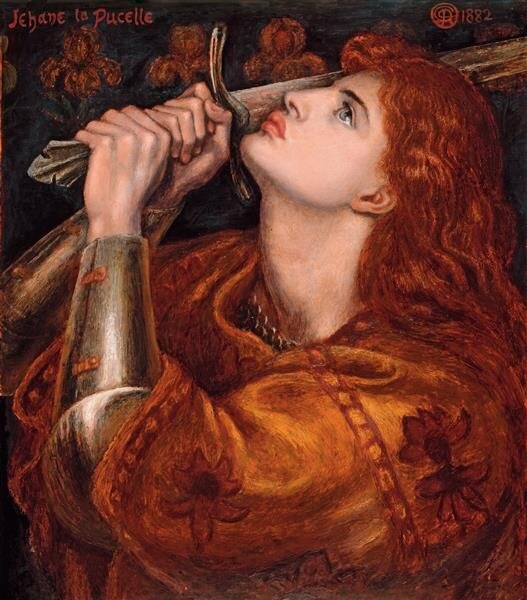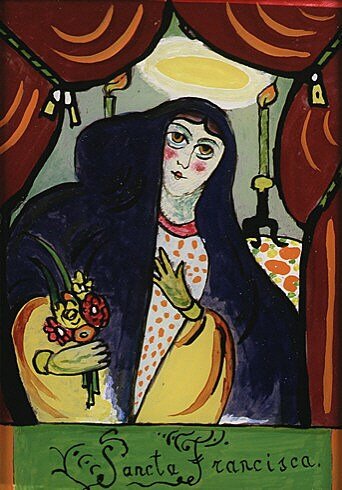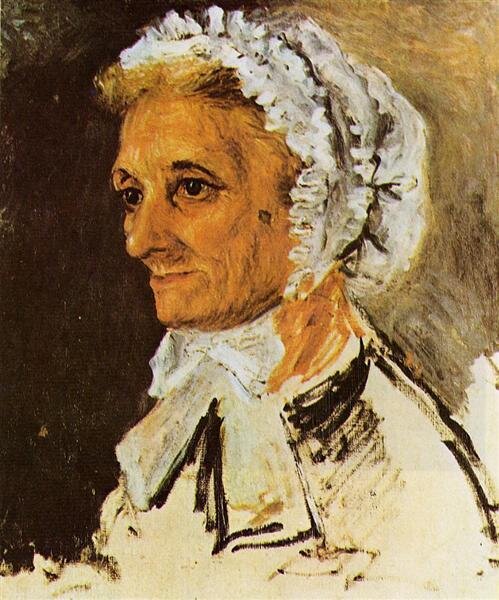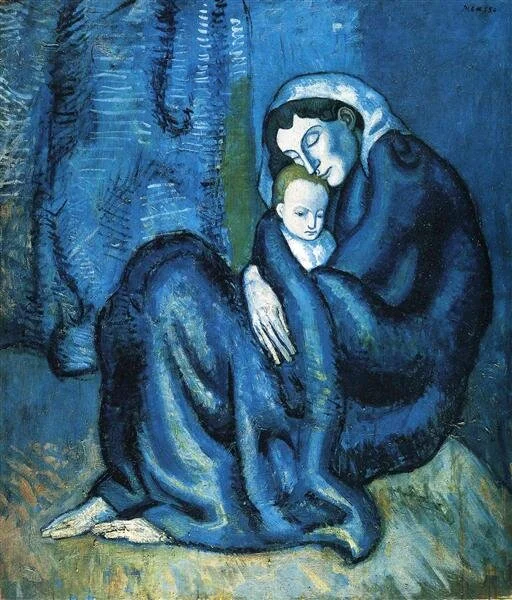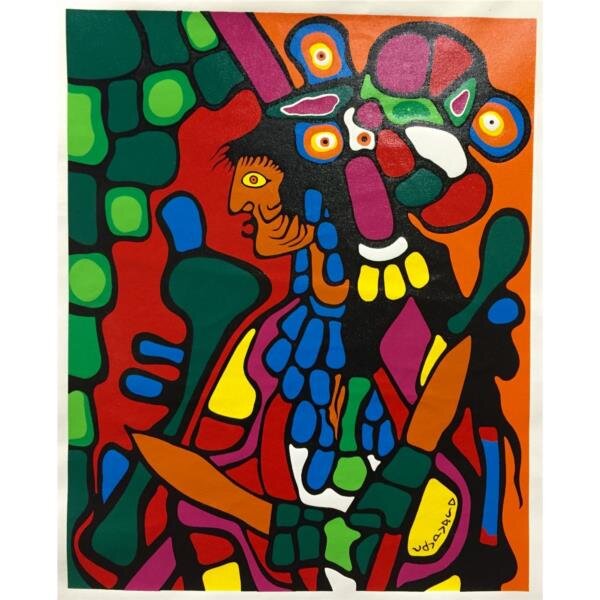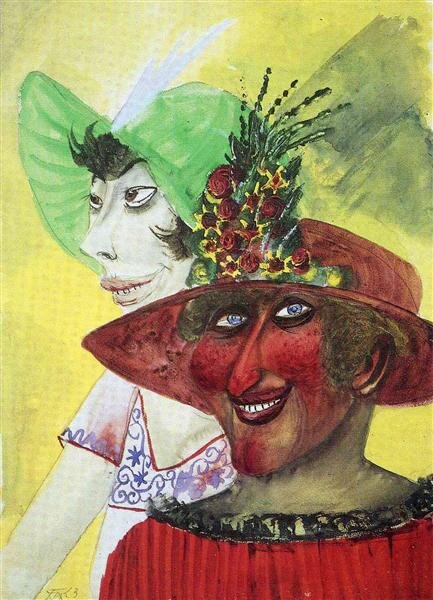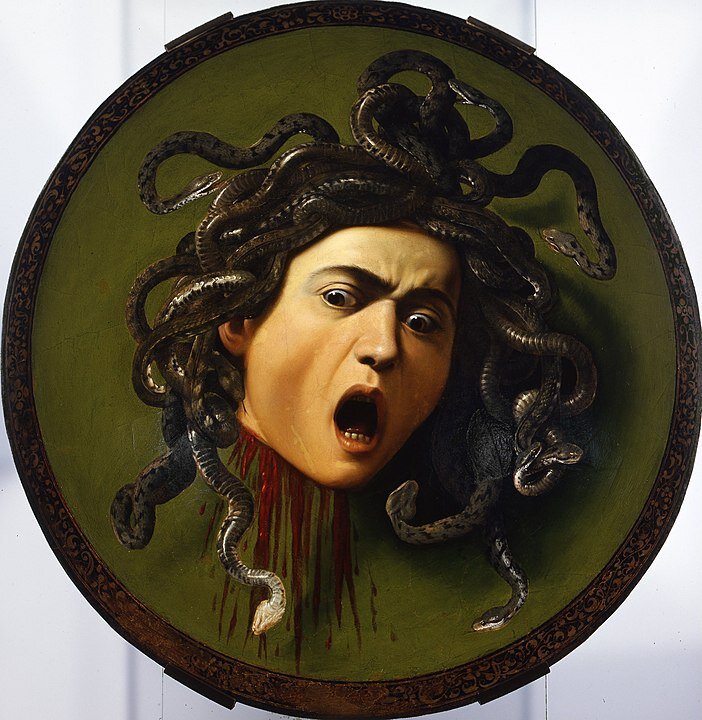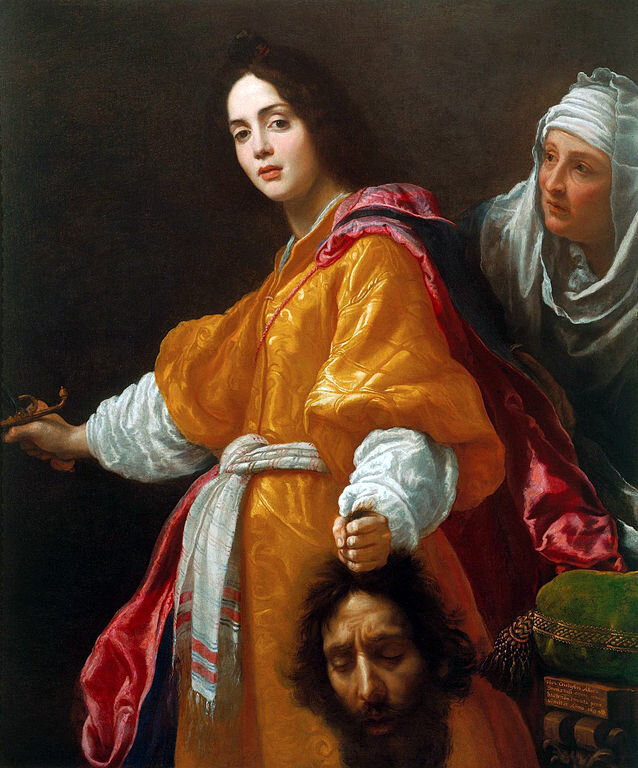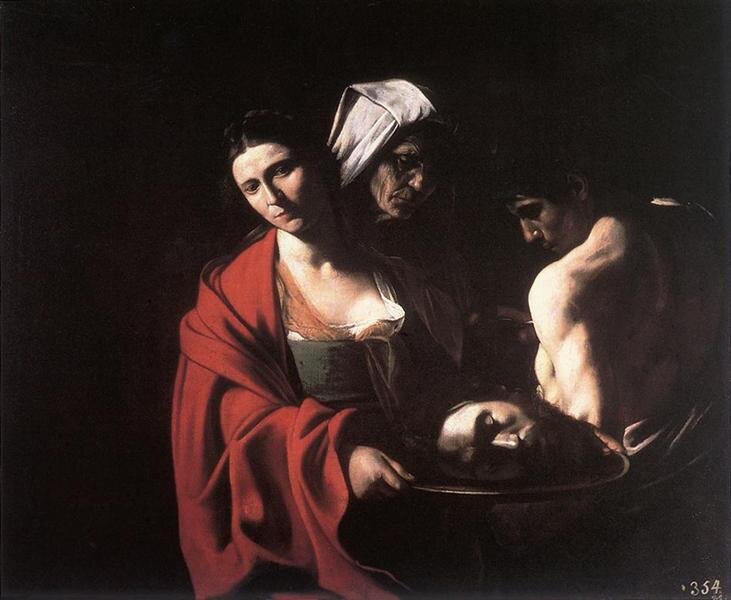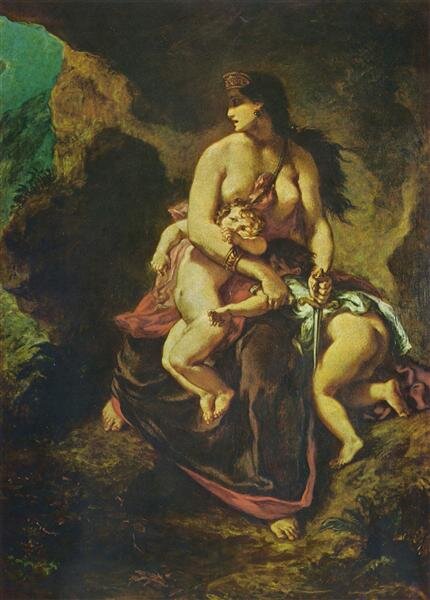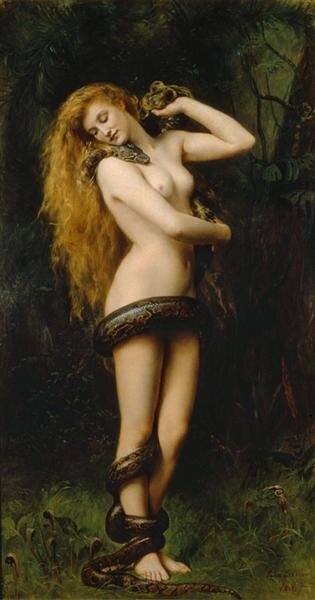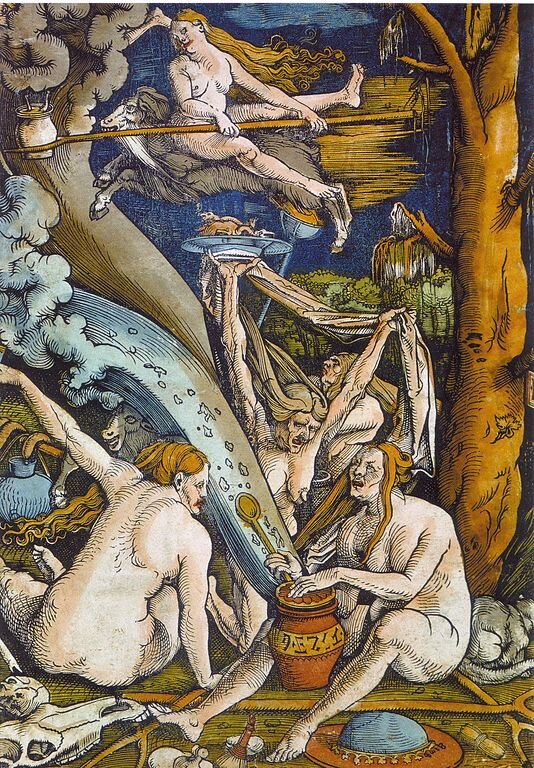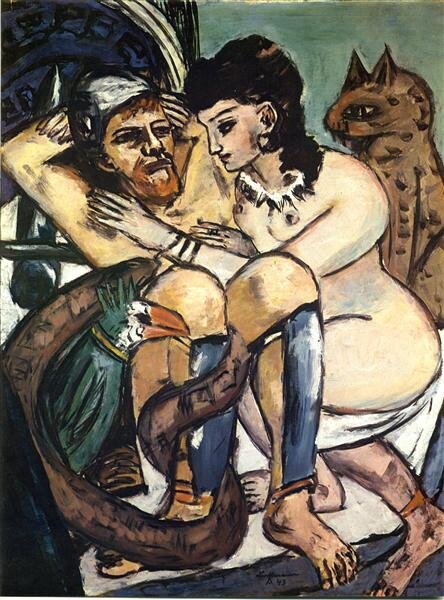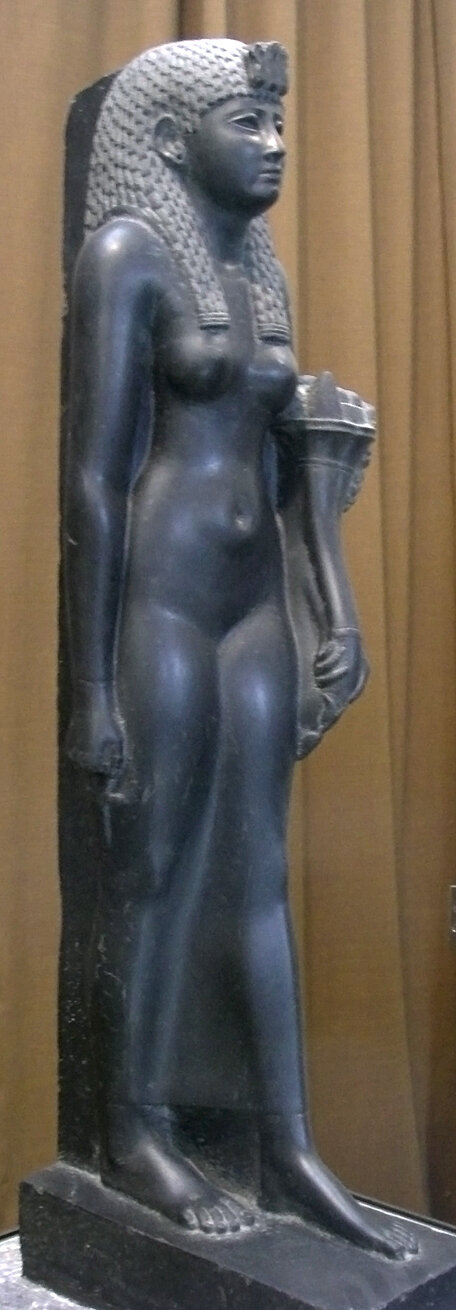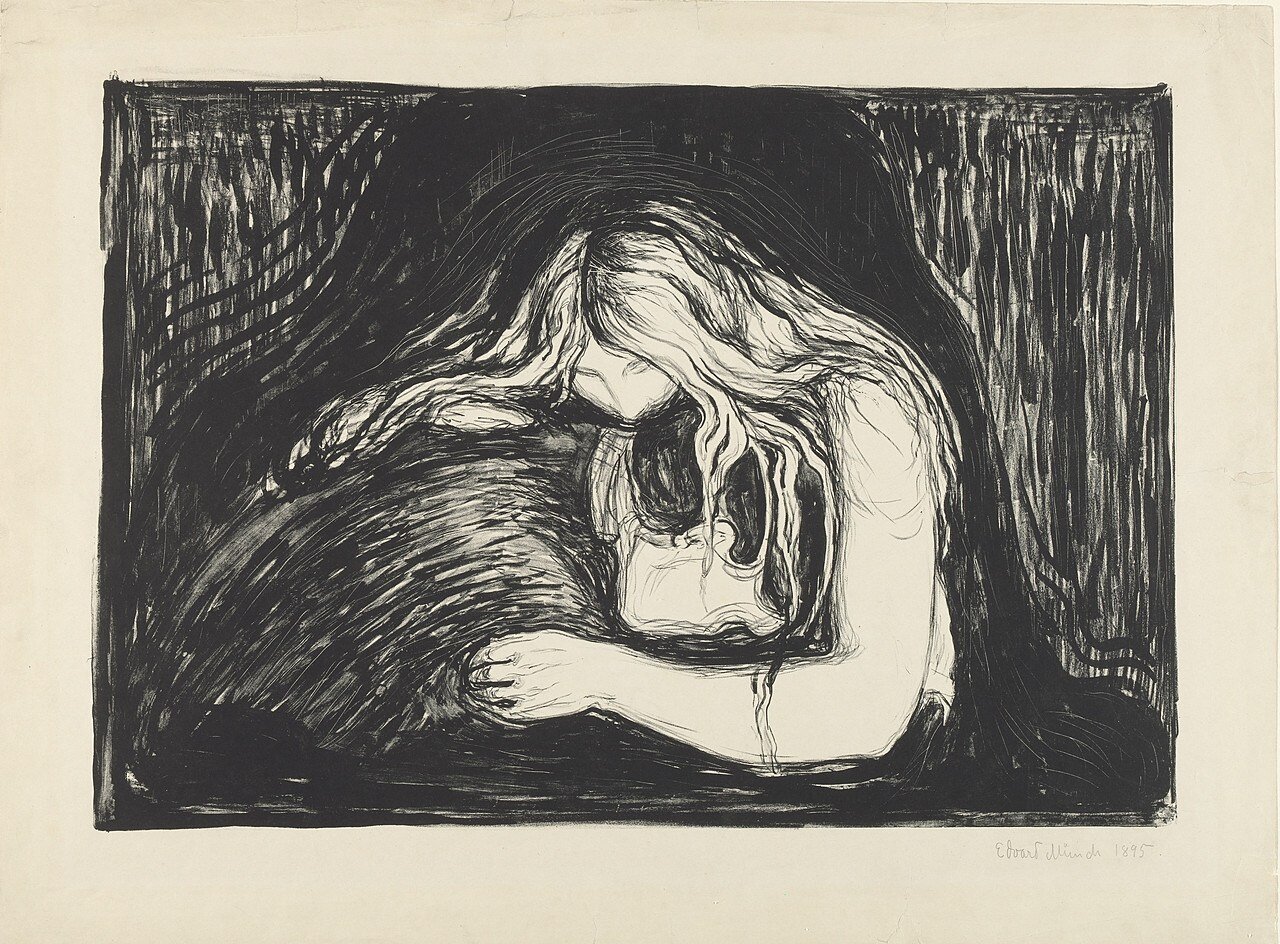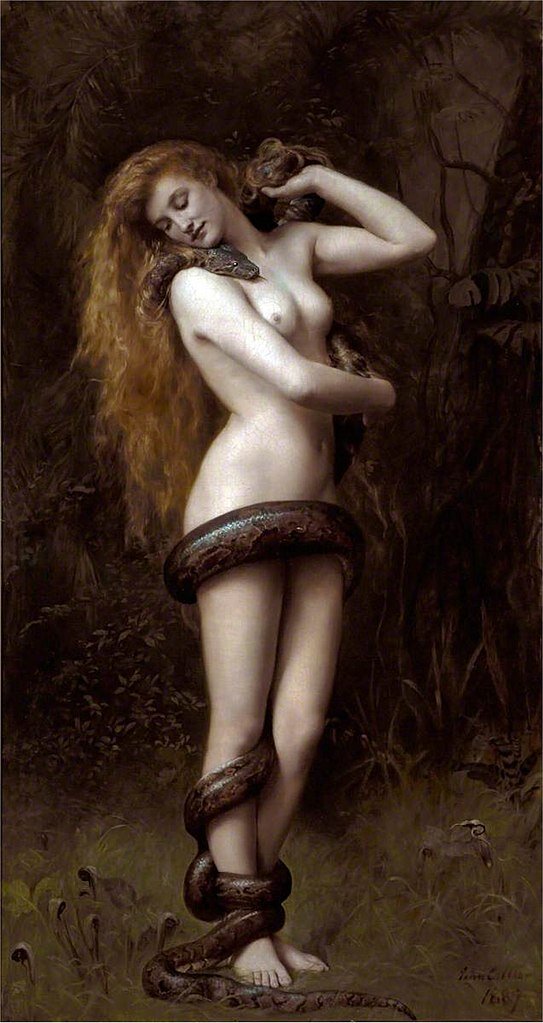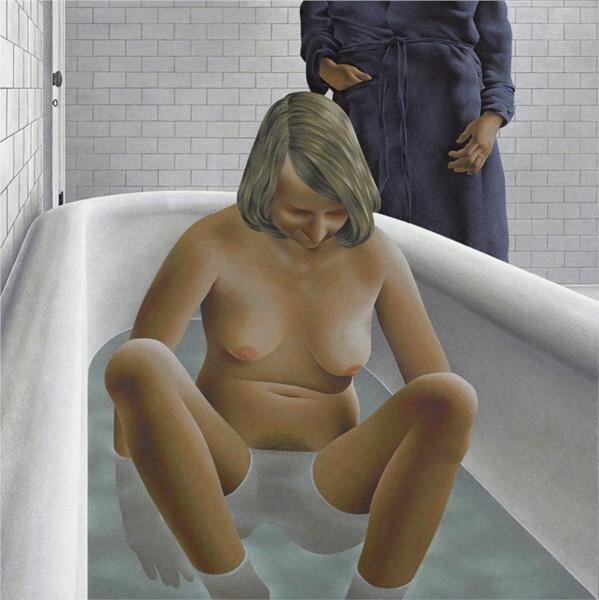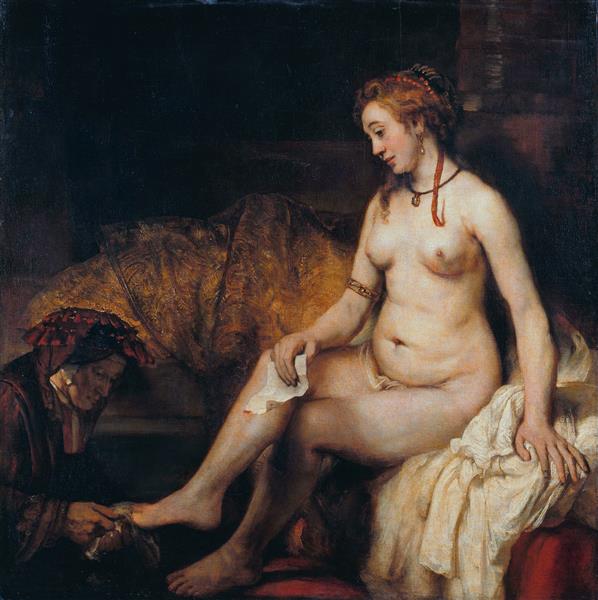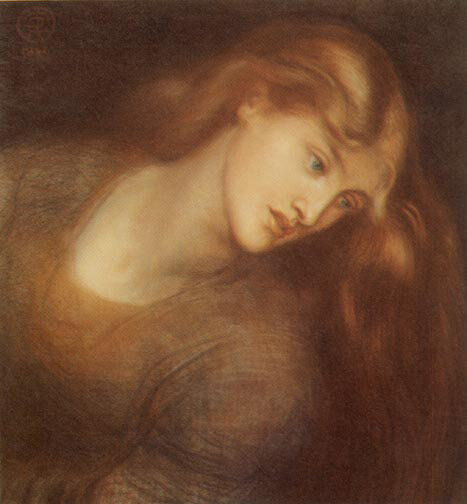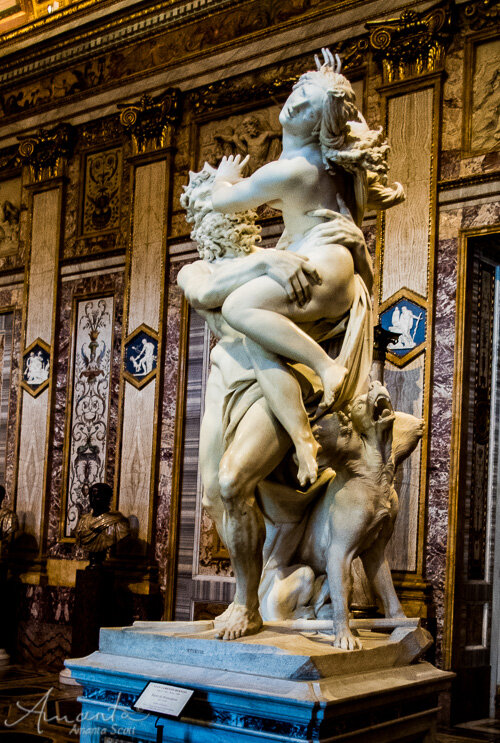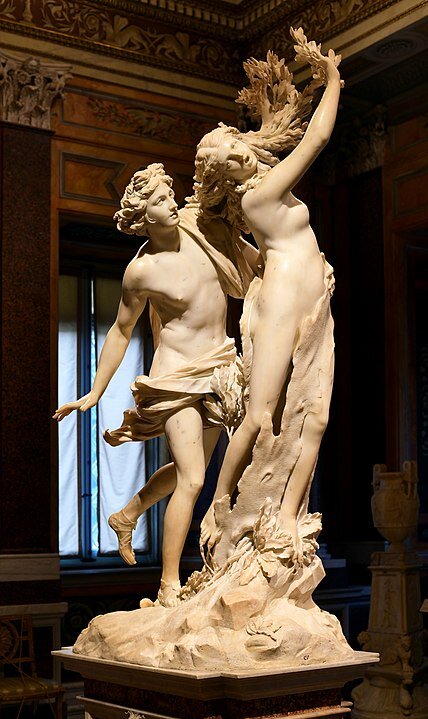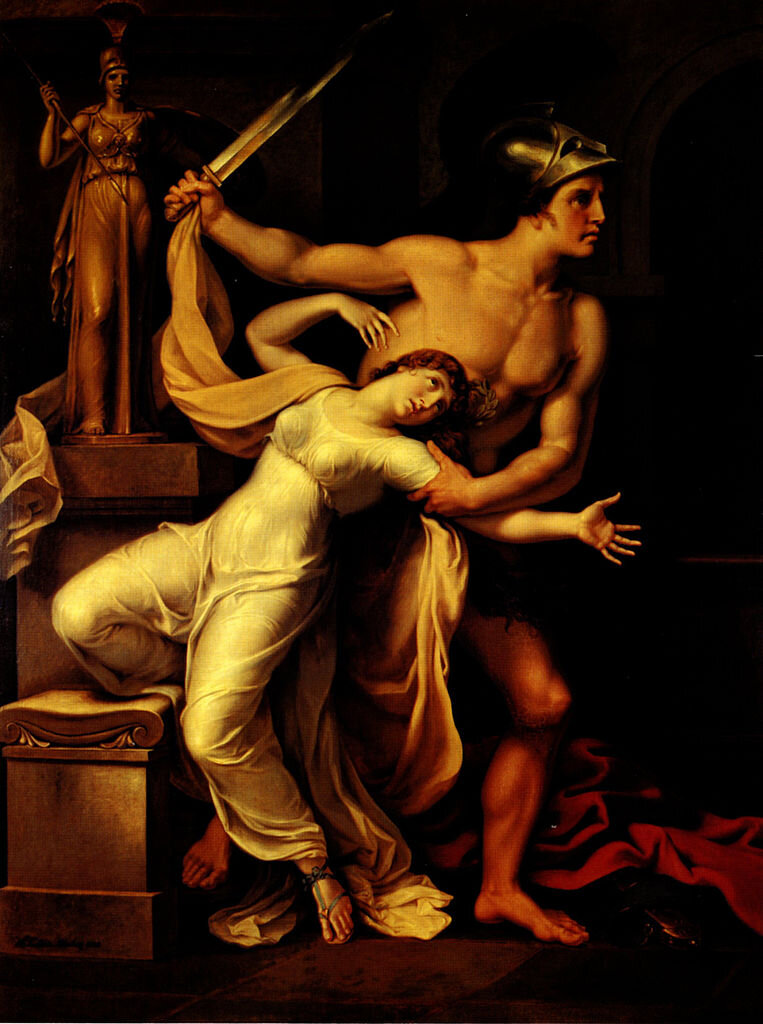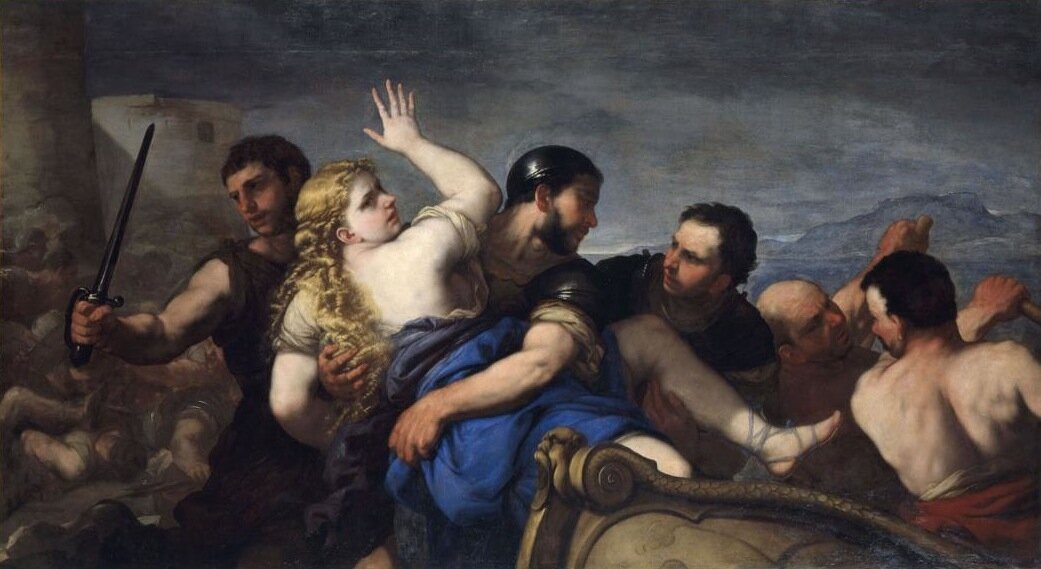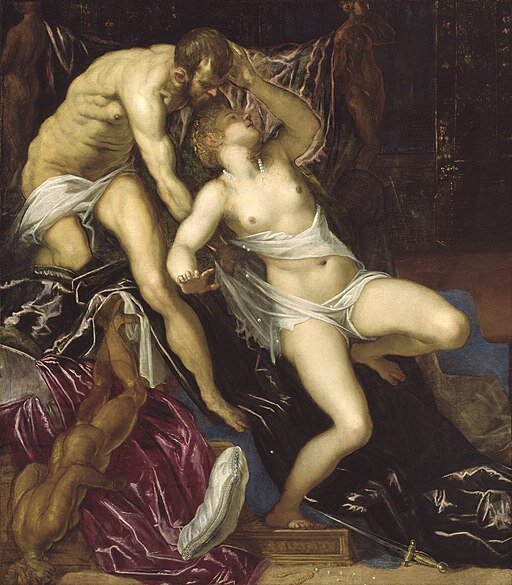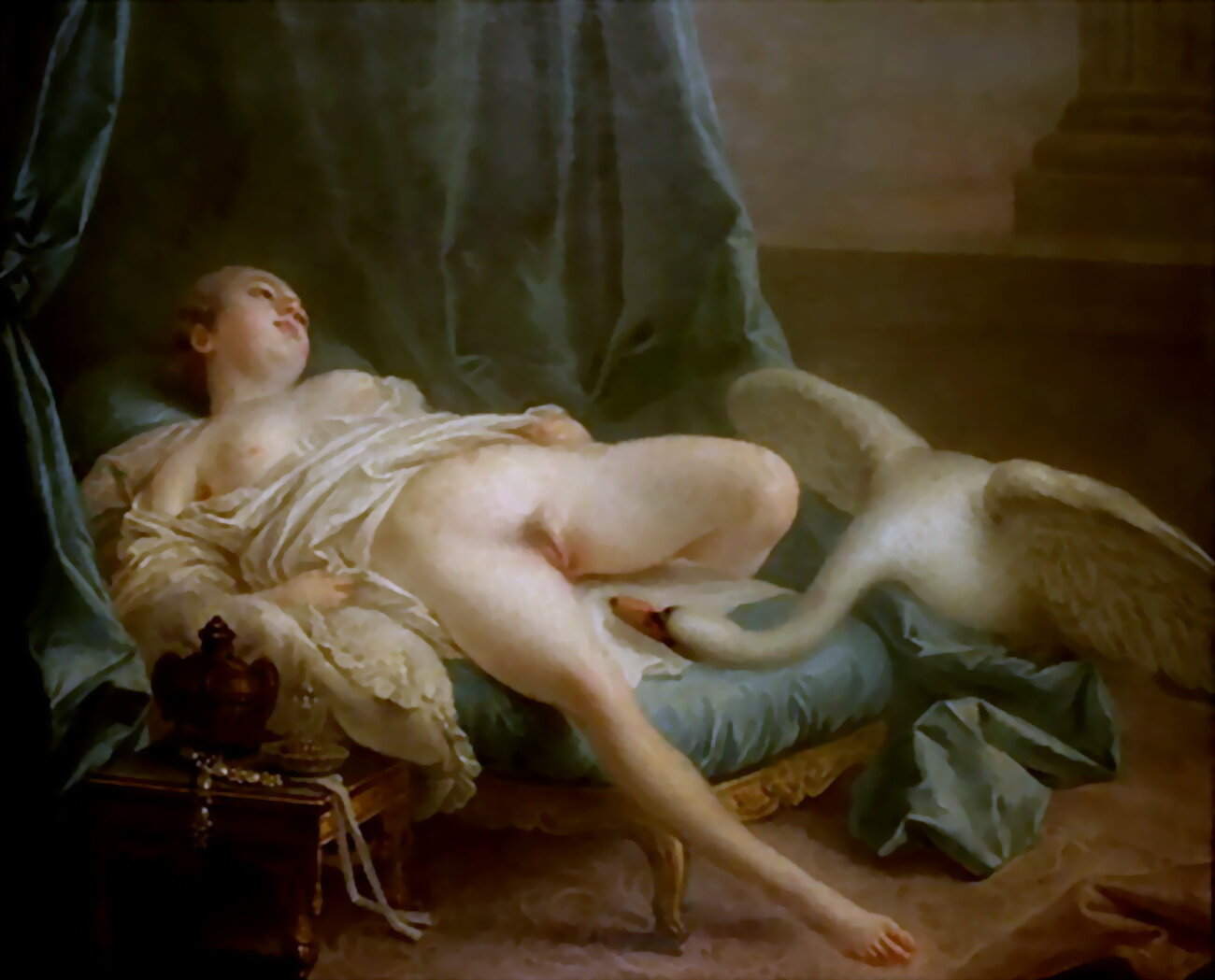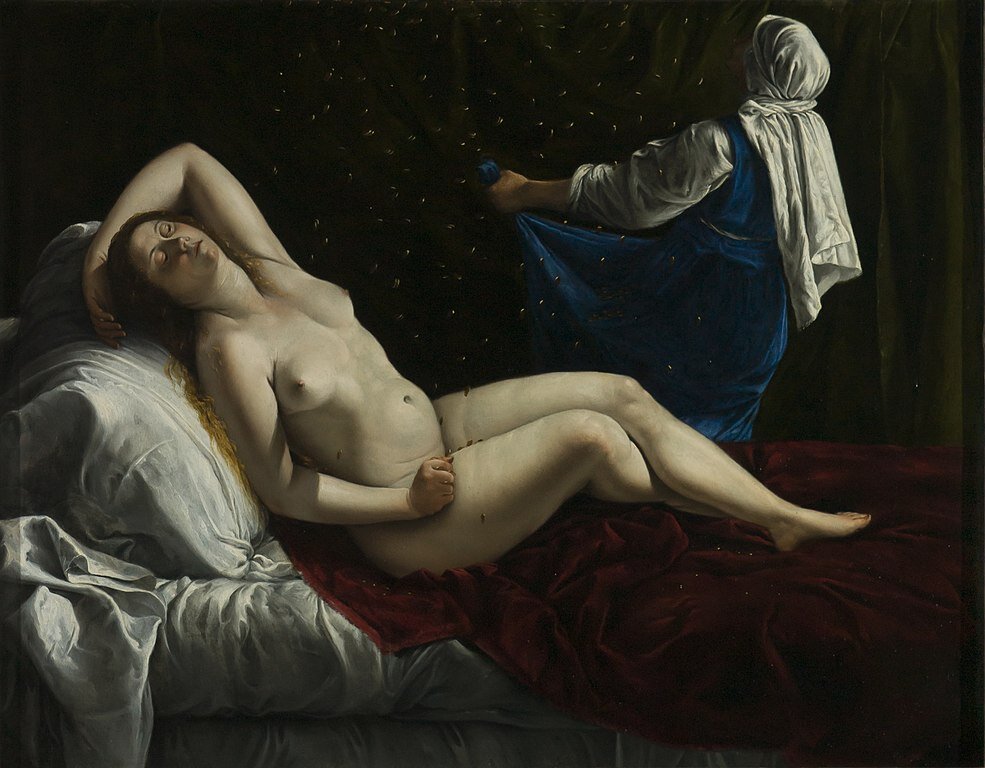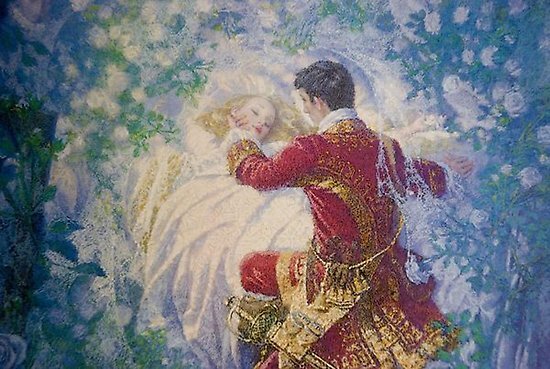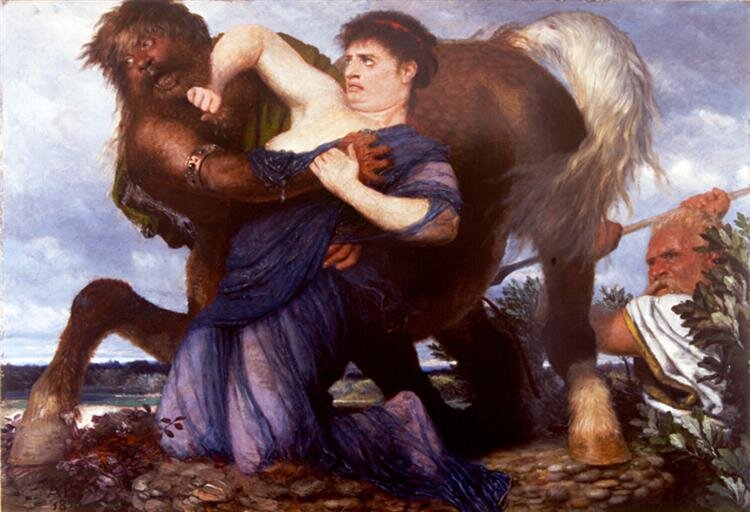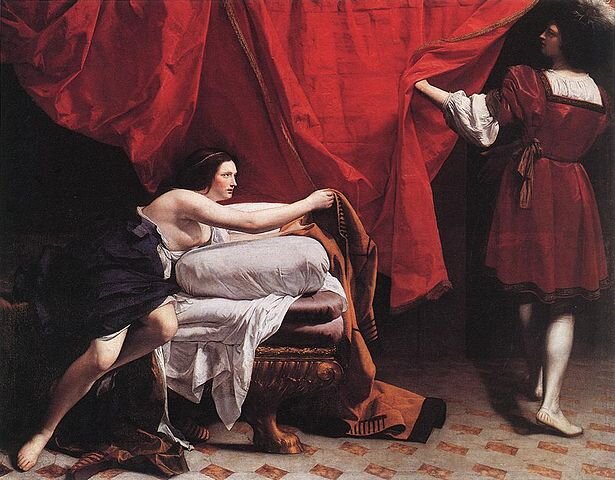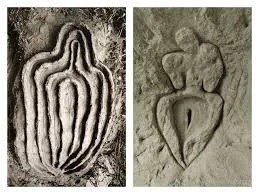Food for thought
Since the outbreak of the global health pandemic we have seen increased racial tensions, xenophobia, hate speech and attacks against Asians, Muslims, Black and Indigenous people worldwide; and— where previously one in three women worldwide had experienced physical or sexual violence, mostly by an intimate partner— since the COVID-19 outbreak all types of violence against women and girls has intensified.
UNWomen.org writes: “This is the Shadow Pandemic growing amidst the COVID-19 crisis and we need a global collective effort to stop it.”

What do we do about #MeToo?
Why is rape normative?
Could problems in society today be rooted in our perception and representation of women?
Could the way we depict women contribute to the normalization of abuse, rape and even genocide?
How does the way we see women depicted affect our conscious/unconscious ideas of right or wrong?
How are we affected or influenced by what we see?
Reflect on this:
How do we see women?
click on images below for links to thousands of paintings
A ramble through art history can be quite interesting. The sheer volume of paintings dedicated to rape and voyeurism alone is astounding, and this list is just a start . . .
women & mirrors
Goddesses - major & minor
Heroic or Whole
idealized
martyrs & Saints
Mother Figures
idealized Naked
Disembodied & OBjectified
in various phases of life
Lovers
Whores, Sex objects, dancers
treacherous
VIctimized
. . . Watched while bathing
. . . watched while sleeping
. . . Vulnerable
. . . Disenfranchised . . . Labourers . . . domestic servants
Raped
click on images for links to pages with many more images
in summary . . .
How do we usually see Women depicted?
We see women as yummy sexy things; young, beautiful and unattainable; as sacred beings, martyrs, saints and grieving mothers. Or as unfaithful lovers and whores; as treacherous man-eating, ball-breaking scolds and shrews; as viragos, vicious, vindictive, cruel and nasty; as old and therefore ugly; and as the root of all Evil.
In addition, frequently and most alarmingly: we see Women as subjects of voyeurism and victims of rape and abduction.
While ancient myths tell of a goddess devastated by rape or furious at being watched in an intimate moment— in the Arts it is normal to discount such outrage, and (from the patriarchal gaze) depict women being raped or abused; while bathing or asleep; or belittled as frivolous playthings; with women of colour either hyper-sexualized, servants or notably absent. Rarely are Women seen as persons or heard for themselves.
Typically, women are either idealized and objectified; or falling short of expectations, vilified, victimized and blamed. Seen: not as persons, but as subjects, objects, possessions; or a threat. This very negative portrayal of women in the arts has serious implications for our society.
I believe it is very important that we find a new way of looking at women in the arts because it also impacts how we see women in our world today.
social activism
A documentary film Rape Culture by Margaret Lazarus and Renner Wunderlich in 1975, discussed the cultural normalization of rape of both women and men. The term “rape culture” was subsequently coined by second-wave feminists,
Feminist Art began reclaiming feminine power, addressing the experience of childbirth; actively offering the body for viewing or violation. In some cases this has proved empowering for women, in other instances the continued presentation of women’s bodies, albeit offered by women now, I suspect may in fact continue to feed the beast, distract Viewers from relevant issues and continue to fulfill voyeuristic cravings.
Time for change
It’s time women are defined by and valued for more than our bodies and sexuality.
Women are more than something to be raped or blamed or ogled.
A growing number of Artists are seeking or sought to change perceptions and address relevant social issues. Some focus on bringing together people of all cultures to share stories and explore diverse perspectives; some focus on moving beyond victimization and reclaiming control of their own sexuality/identity and/or history; others depict reality as they know and/or live it.
what Next?
As we consider issues such as the portrayal of women in art, our roles in society and how we ensure resilience in the midst of a pandemic, we also have an opportunity to re-imagine the role of galleries and museums. As we emerge from the pandemic, I believe museums and galleries have an opportunity to become gathering places for people to see art, to consider how it relates to their lives, and to engage in discussions on how we address social issues as a community.
This page is still in progress and categories are incomplete but I hope you get the idea.
Suggestions are welcome.
